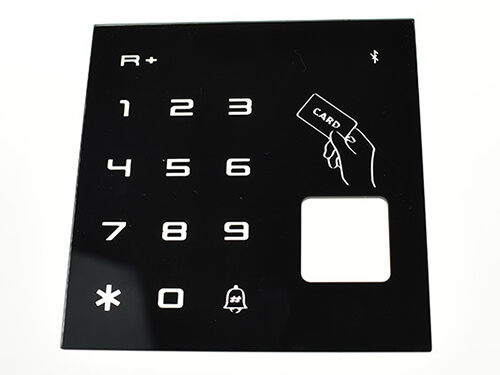In today’s digital age, touchscreen technology has become ubiquitous, transforming the way we interact with various devices.
At the heart of this revolution lies touch screen glass, a key component that enables seamless user experiences across smartphones, tablets, laptops, and other touch-enabled devices.
In this article, we will explore the evolution of touchscreen glass, its benefits, and its impact on the user interface (UI) and user experience (UX).
1. A Brief History of Touchscreen Glass
Touch screen technology traces its roots back to the early 1960s, with the first resistive touch screens.
These early systems relied on multiple layers of flexible material that registered touch when pressure was applied.
However, the advent of capacitive touch screens in the late 20th century revolutionized the industry.
Capacitive touch screens detect touch through the electrical properties of the human body, eliminating the need for pressure and enabling multi-touch gestures.
2. Capacitive Touch Screen Glass:
Capacitive touch screen glass is the key element in modern touch screens.
It is composed of a transparent conductive layer, typically made of indium tin oxide (ITO), deposited on a glass substrate.
This layer enables the detection of the electrical charge generated by the user’s touch.
The glass substrate provides durability, clarity, and protection for the underlying display.
3. Advantages of Touchscreen Glass
1) Enhanced User Experience
Touch screen glass offers intuitive and effortless interactions. Users can directly manipulate content on the screen, eliminating the need for external input devices such as keyboards or mice. This enhances the user experience by providing a more natural and immersive interface.
2) Multi-Touch Support
Touch screen glass enables multi-touch functionality, allowing users to perform gestures like pinch-to-zoom, swipe, and rotate. This versatility enhances productivity and provides a more engaging user experience.
3) Durability and Protection
Touch screen glass, especially those made with strengthened materials like Corning’s Gorilla Glass, offers excellent resistance to scratches, cracks, and impacts. This durability ensures that devices can withstand daily use and accidental drops, prolonging their lifespan.
4) High Clarity and Sensitivity
Touch screen glass maintains excellent optical properties, such as high transparency and low reflection, ensuring a clear view of the display. Additionally, it provides high touch sensitivity, accurately registering touch inputs with precision.
4. Integration with Advanced Technologies
1) In-Display Fingerprint Sensors
Touch screen glass can now incorporate in-display fingerprint sensors, eliminating the need for a dedicated fingerprint scanner. This integration enhances security while maintaining a seamless and elegant design.
2) Haptic Feedback
Some touch screen glass technologies incorporate haptic feedback, providing tactile sensations when interacting with the screen. This enhances user engagement and makes interactions more immersive.
3) Edge-to-Edge Displays
Touch screen glass enables edge-to-edge displays, maximizing screen real estate and offering a modern and sleek appearance. This design trend has become increasingly popular in smartphones and tablets.
5. Future Trends
As touch screen technology continues to evolve, so does touch screen glass. Some of the emerging trends include:
1) Foldable Displays
Flexible touch screen glass enables the development of foldable displays, allowing devices to transform from a phone-sized form factor to a tablet-sized screen.
2) Sensing Through Solid Materials
Researchers are exploring touch screen glass that can sense touch through solid materials like metal or plastic, opening up new possibilities for user interface design.
3) Gesture Recognition
Touch screen glass may incorporate advanced gesture recognition technologies, enabling devices to interpret complex hand movements and gestures, expanding the range of interactions.

Touch screen glass has revolutionized the way we interact with technology, offering intuitive and immersive user experiences.
Its durability, high sensitivity, and integration with advanced technologies have made it an integral component of modern devices.
As touch screen technology continues to evolve, touch screen glass will play a crucial role in shaping the future of user interfaces, driving innovation and enhancing the way we interact with digital devices.
HY offers a range of OEM custom tempered touchscreen glass solutions tailored to your specific needs.
Contact us to learn more about how we can provide the ideal glass solution for your industry-leading products.
Email: wendy@hylasercutting.com